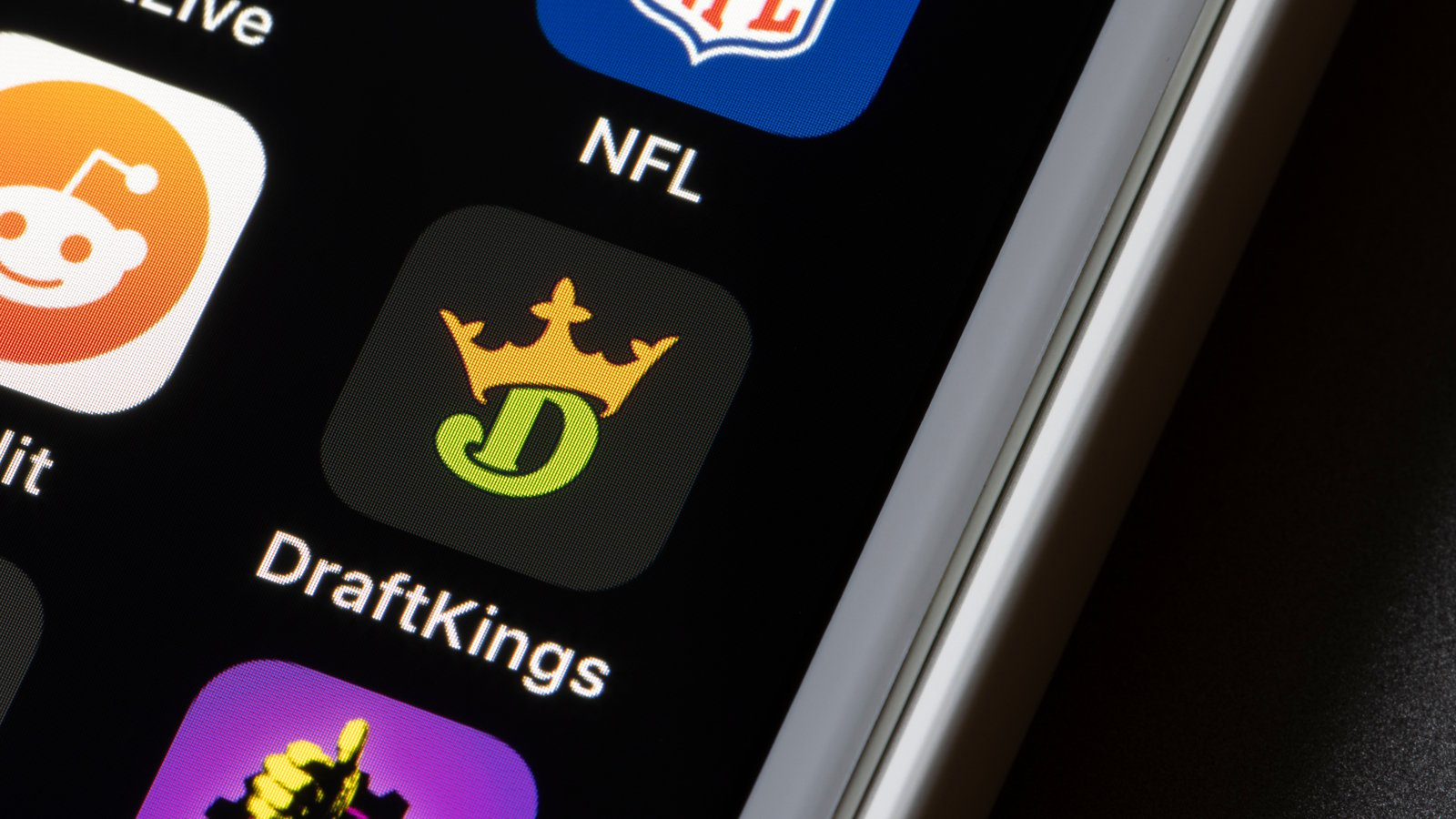There have already been some big movements in stocks in 2022. Meta Platforms (NASDAQ:FB) lost $232 billion in value after weaker-than-expected first quarter revenue. Meanwhile, Snap (NYSE:SNAP) soared by some 60% after its quarterly numbers beat estimates despite a prior downward trend. Now, the story looks similar for DraftKings (NASDAQ:DKNG) in terms of correction. In the last six months, DKNG stock has slumped 58%. But there is finally some good news: Morgan Stanley believes the stock has bottomed out.

It’s difficult to talk about any price target. However, I believe that DKNG stock can possibly double from current levels in the next 12 months. Before that, though, let’s talk about why it slid in the last few quarters.
It’s important to note that DraftKings is on a high-growth trajectory. For the first nine months of 2021, the company reported revenue growth of 181% to $823 million. Clearly, the markets are unlikely worried about the top line. Rather, for the same period, the company reported an adjusted EBITDA loss of $548 million. On a year-over-year (YOY) basis, its adjusted EBITDA loss increased significantly. It’s the cash burn factor that has impacted the valuation.
Still, it seems that the market has overreacted here. Some key metrics back up this view.
DKNG Stock: Multi-Year Industry Tailwinds Backing Growth
There’s little doubt that DraftKings will see sustained, robust top-line growth in the next few years. In 2020, the U.S. sports betting industry generated revenue of $1.5 billion. That revenue is expected to increase to $5.8 billion by 2023.
What’s more, these numbers are still minuscule. Some estimate that the sports betting industry will reach $19 billion if legalized in all 50 states. Further, in the same scenario, online casino and poker revenue could hit around $20 billion. This implies total industry revenue potential of $40 billion.
For DraftKings, it also implies healthy growth and sustained margin improvement. I believe that the company’s EBITDA margin will improve in the medium- to long-term, considering the following factors.
First, for the first nine months of 2021, the average revenue per monthly unique payer (MUP) was $61 (Page 13). For the prior-year comparable period, the average revenue per MUP was $41. On a YOY basis, then, ARPU growth was 49%. That positive trend in ARPU will bolster margins while other costs remain the same.
Of course, for the first nine months of 2021, DraftKings reported sales and marketing costs of $703 million. On a YOY basis, that had swelled by around 130%, contributing to the cash burn. However, as the company makes inroads in more states and gains visibility, this expense will likely stabilize. That will help improve the EBITDA margin.
It goes without saying that fixed costs will decline as a percentage of total revenue as well. Operating leverage will also support EBITDA margin expansion.
As such, I am not worried about the cash burn when it comes to DKNG stock. After all, DraftKings reported cash and equivalents of $2.4 billion as of September 2021. There’s plenty of financial flexibility here to navigate the cash burn.
The Bottom Line on DraftKings
In August 2021, DraftKings announced the acquisition of Golden Nugget Online Gaming (NASDAQ:GNOG) in an all-stock merger. This acquisition will increase the company’s reach. Additionally, at maturity, the merger will result in EBITDA synergies of $300 million. Given the big market opportunity, DKNG will also probably pursue further acquisition-driven growth.
But that’s not all. In Q3, the company also announced a marketplace for digital collectibles. For the period, the marketplace reported gross merchandise volume of $20 million (Page 5). With growth in the non-fungible token (NFT) industry, this marketplace is just another catalyst for upside.
Overall, the correction seems overdone for DKNG stock. Currently, the stock has a median price forecast of $45. This implies upside potential of 108% from today’s levels. All told, with healthy top-line growth and possible improvement in margins, the stock could double soon enough.
On the date of publication, Faisal Humayun did not hold (either directly or indirectly) any positions in any of the securities mentioned in this article. The opinions expressed in this article are those of the writer, subject to the InvestorPlace.com Publishing Guidelines.
Faisal Humayun is a senior research analyst with 12 years of industry experience in the field of credit research, equity research and financial modelling. Faisal has authored over 1,500 stock specific articles with focus on the technology, energy and commodities sector.
